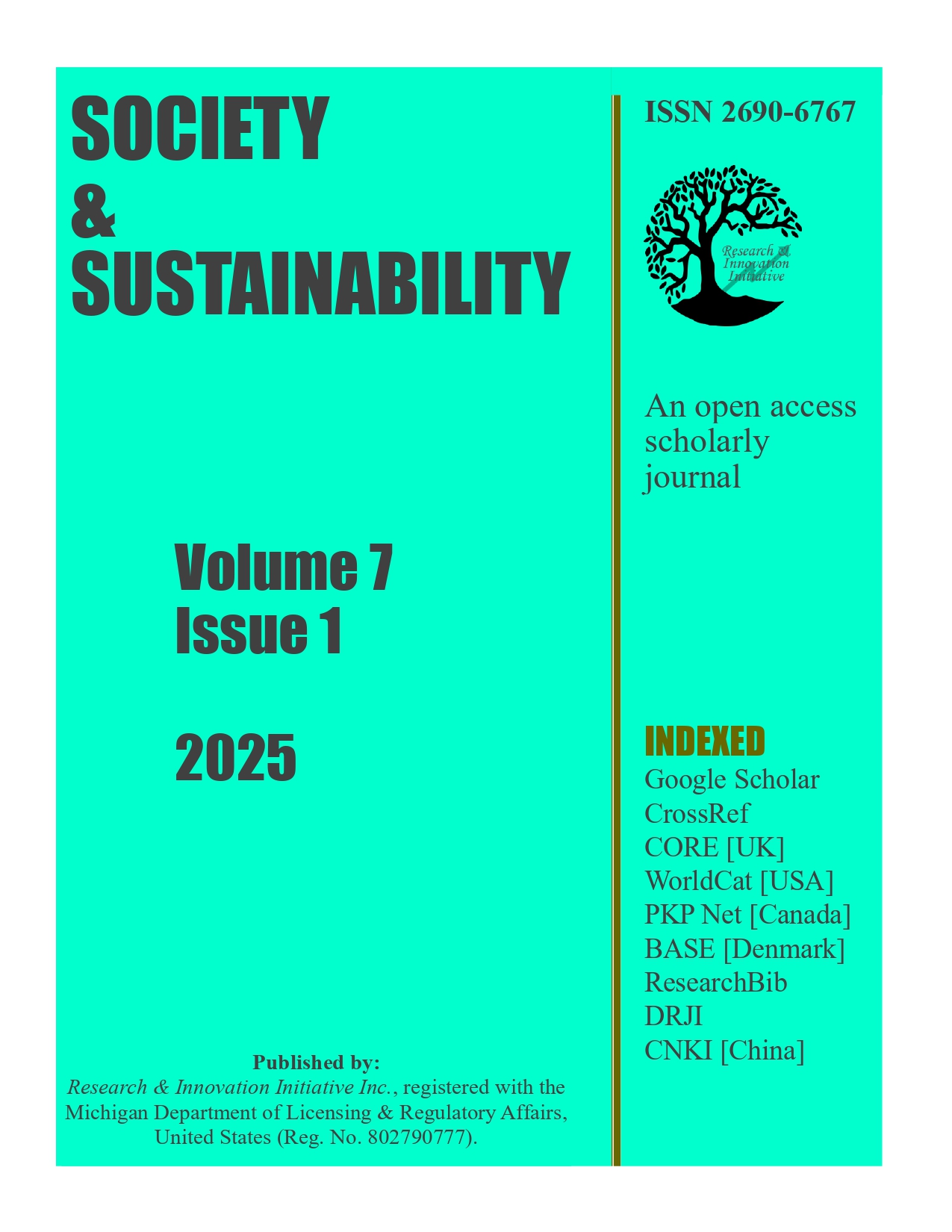Human Capital, Material Capital, and Social Capital as the Factors of Socioeconomic Status
A Theoretical Review
DOI:
https://doi.org/10.38157/ss.v7i1.721Keywords:
Human Capital, Material Capital, Social Capital, SES, CAPSESAbstract
Traditionally, social behavior has been explained separately in terms of human capital, material capital, and social capital as components of Socioeconomic Status (SES). However, these simple linear regression models very often show negligible or weak explanatory power. Recent studies suggest that integrating human capital, material capital, and social capital within SES (the CAPSES model) offers more explanatory power in predicting social behavior. This study aims to apply the integrated CAPSES model, which underpins sociological perspectives, empirical evidence, and explanatory power, in the context of social scientific research. For this purpose, the study examines whether the triangulation of the CAPSES model, based on three sociological perspectives, can contribute to increased explanatory power in the context of the poverty reduction index among the Rohingya population in Cox’s Bazar, Bangladesh. The study findings, based on 385 respondents, reveal that the explanatory power of the model based solely on human capital (R² = 0.493) or the model based on human capital and material capital (R² = 0.673) is less than that of the integrated CAPSES model (R² = 0.754). The study hence recommends that social researchers apply the integrated CAPSES model for a better understanding of social phenomena (e.g., poverty reduction index, health-seeking behavior).
Downloads
Published
Issue
Section
License
Copyright (c) 2025 Society & Sustainability

This work is licensed under a Creative Commons Attribution-NonCommercial-NoDerivatives 4.0 International License.


